#Culture
Go Visit Bosnia
Published

I have been to 35 countries, from Japan and China in the Far East, to Mexico and Columbia in South America, to Egypt and Morocco in North Africa, and there has not been another trip that was as profound in so many ways as my last trip to Bosnia. Go Visit Bosnia.
Besides Bosnia’s natural beauty, affordability and hospitality, the enrichment that comes from learning about a different culture, its cuisines, its complicated politics, and a genocide not yet 25 years old, is one that turns tourism into an experience not easily forgotten.
To the last point, why do human beings travel? What is it about a new destination that is appealing to us? Fun can be achieved in your neck of the world, so why wander? There are those who live in picture-perfect Switzerland but love to travel to remote deserts of Africa or the beaches of Indonesia. That is because traveling through new lands is a human instinct—a yearning to experience different cultures, foods, and environments.
Keep supporting MuslimMatters for the sake of Allah
Alhamdulillah, we're at over 850 supporters. Help us get to 900 supporters this month. All it takes is a small gift from a reader like you to keep us going, for just $2 / month.
The Prophet (SAW) has taught us the best of deeds are those that done consistently, even if they are small. Click here to support MuslimMatters with a monthly donation of $2 per month. Set it and collect blessings from Allah (swt) for the khayr you're supporting without thinking about it.
Moreover, there is nothing more precious in life than experiences. Those who have had a sudden onset of terminal disease at an early age have an important perspective from which we can all learn. Why? Because the knowledge that you are dying quickly ends any sense of immortality, and what truly matters is crystallized. When asked what is it that they cherished most in their lives, pretty much all of them mentioned how the satisfaction from experiences such as travel beats the enjoyment of material riches any day.
What is an experience? Is it a fun week at Disney? Is it an adventure-filled trek through mountains? Is it going to a place to learn a new language? Actually, all of them are experiences, and it is not just going to a new place, but it is what you make out of that travel. If it is just fun, games, and shopping, have you really enriched your own life? Or have you missed out?
So when we planned our trip to Bosnia, many in our circle were a bit surprised as Bosnia is not on most travelers’ bucket lists. Muslims generally have Turkey and Malaysia in their must-visits “halal trips”, but after my trip to Bosnia, I feel that all Muslim travelers should add Bosnia to their short-list. Bosnia is a Muslim majority country, but barely so with about 50% Muslims, 30% Serbian Orthodox Christian and 15% Croat Catholics. I know this concerns many people, so let me add that food is generally halal unless you are in a non-Muslim village. Your guide will ensure that.
However, let me add that Bosnia is not just good for Muslims (just as Turkey and Malaysia appeal to everyone); people of all faiths can enjoy from the enriching trip to Bosnia.
Our trip began with selecting a reliable tour operator. While people tend to skip operators, preferring to book directly, I firmly believe that a professional should organize your first trip to a relatively unknown destination. I can honestly say I would have missed 50% of the enrichment without the presence of Adi, a highly educated tour guide, who was such a pleasant and friendly person that we almost felt him part of the family. The tour company itself belongs to a friend who worked for a major international company, before moving to his motherland to become part of Bosnia’s success. At the end of this article, I am providing contacts with this tour company.
Coming to the trip, I am not going to describe it in the sequence of the itinerary, but just some of the wonderful places we visited and the memorable experiences. We had 10 days for the trip and I would say a minimum of one week is needed to barely enjoy what Bosnia has to offer. However, two weeks if available would make it less hectic and give more time to absorb most of what Bosnia has to offer.
Our trip started in Sarajevo, a beautiful city. Even though it’s Bosnia’s largest city, the population is around half a million. Remember Bosnia itself has a relatively small population of 3.5 million. An additional 2 million people in the Bosnian diaspora are spread throughout the world, mostly due to the Balkan wars of the 1990s. We walked through the old town and heard amazing stories from our guide. Although I have never been to Jerusalem, I have seen its pictures and can see why many people refer to Sarajevo as the “little Jerusalem”. We heard the interesting story about the assassination of the Archduke of Austria in 1914 (the Austria-Hungarian empire controlled Bosnia at the time) and the beginning of World War 1. We visited the Ottoman bazaar, the City Hall, the Emperor’s Mosque, and many other interesting areas.
Sarajevo

Sarajevo, capital of Bosnia and Herzegovina, is a compact city on the Miljacka River, surrounded by the Dinaric Alps. Its center has museums commemorating local history, including Sarajevo 1878–1918, which covers the 1914 assassination of Archduke Franz Ferdinand, an event that sparked World War I. Landmarks of the old quarter, Baš?aršija, include the Ottoman-era Gazi Husrev-bey Mosque.
Like most cities in Bosnia, a river flows right through the center of Sarajevo.
The magnificent building that houses Sarajevo City Hall is located in the city of Sarajevo. It was initially the largest and most representative building of the Austro-Hungarian period in Sarajevo and served as the city hall. During the siege of Sarajevo that lasted over 3 years, Serbs targeted this building, focusing on destroying a rich collection of books and manuscripts inside it, and it was essentially burned down. After years of reconstruction, the building was reopened on May 9, 2014.

As you go into the Old Town, you will find many shops like this one in the picture of metal-crafts. Bosnians have been historically folks with mastery in metal and wood crafts. One historic shop that still functions and has some fabulous wood pieces is shown in the pictures.
As you go through the city, you will find many graveyards as well, reminding everyone of the longest modern age siege of Sarajevo. One particular grim reminder is a memorial near the city center dedicated to the children who were killed during the war.

Another major graveyard (massive area) has graves of Bosnian Muslims, Bosnian Serbs (Orthodox Christians) and few Bosnian Croats (Catholics). They fought against each other with the oppressor by all accounts being the Serbs. Now they all lie together next to each other. The white tombstones are Muslims, the black ones Serbs. One pic shows a particular Serb person who lived 101 years, only to die in the first year of the war. Most of the tombstones indicated the year of death during 1992-95, the war years. Some of the white tombstones have “Sehid” written which means martyr. Interestingly, Serbs use Greek letters and other Bosnians Latin, so most signs are in both languages.
You can go up to a café in Hecco Deluxe Hotel, which is Sarajevo’s oldest “skyscraper” and just absorb a 360 view of the city. I was able to take one picture that captured the signs of all three major religious groups in Bosnia, as labeled in the photo. However, this is also a reflection of a country divided with 3 presidents, one from each religious group. Remember that the massacres were conducted by mostly Bosnian Serbs (not Serbian Serbs) and at some point, the Bosnian Croats also backstabbed the Bosnian Muslims (for example by destroying the vital ottoman old bridge in Mostar). Croatia and Serbia were planning to divide Bosnia between themselves but the Bosnian Muslims held their own until finally, NATO stepped in. It remains shocking how genocide could happen in the 90s in the heart of Europe. And it says a lot about the hypocrisy of the “West” in general. Many Bosnian Muslims remain bitter about it and I find it amazing that despite living among their potential killers, no revenge attacks have taken place. The political situation remains stable but tenuous— extremely safe but one political crisis away from going downhill. However, everyone is war fatigued and in case of a crisis, most people intend to just leave the country than to fight again.

A view from Hecco Deluxe Hotel, Bosnia
In the old city, you will also find the famous Gazi Husrev-beg Mosque that was built in the 16th century; it is the largest historical mosque in Bosnia and Herzegovina and one of the most representative Ottoman structures in the Balkans. A very interesting facet of the mosque is the clock tower. This is probably the only clock in the world that starts at dawn and ends at dusk. Every day, a caretaker adjusts the time to reflect the actual hours. So whenever you look at it, you will know how many hours to Maghrib prayers!

Watering hole structure for stray cats and dogs
Another interesting feature and a reflection of the concern for animals is the watering hole structure set up for stray cats and dogs. It kind of looks like a toilet seat, with the purpose that an animal like a cat may climb the seat and drink from the small water reservoir that is constantly filled by the caretakers.
If you want to shop for normal stuff, there is the Sarajevo City Center (SCC). It has all the popular international brands, but what I found interesting is that the prices were in many cases even lower than American prices, which if you have been around, is quite rare. So if you are coming from the Middle East or Europe, definitely check this mall out.
Vrelo Bosne:
Just outside Sarajevo in the outskirts of the city, you a public park, featuring the spring of the River Bosna, at the foothills of the Mount Igman on the outskirts of Sarajevo. This beautiful park and the spring is a remarkable sight. It is a must see when you visit Bosnia. Crystal clear water allows you to see the entire waterbed. A beautiful white swan swam, followed by a couple of gorgeous ducks.
Museum Tunnel of War:
This small museum showcases the tunnel that was built underneath the airport tarmac by Bosnian Muslims in order to carry food, supplies and even arms. It was called “Tunnel of Hope” and constructed between March and June 1993 during the Siege of Sarajevo. While the Bosnian Serbs besieging the country were armed to the teeth with weapons from the ex-Yugoslavian army, an embargo of weapons was applied, essentially making Bosnian Muslims sitting ducks. Such was the treachery of the international community. This tunnel helped the Bosnian Muslims protect Sarajevo from total surrender. You can see the names of those killed here.
A truck driver on the “exit” side of the tunnel would then transport these supplies up and down some treacherous mountains. The driver’s wife is still alive and has a small shop that sells souvenirs—be sure to visit and buy some.
Blagaj
This is a village-town in the southeastern region of the Mostar basin. Here we relaxed and ate fresh fish at the source of the Buna River, right next to where the water sprung out from the mountains underneath a cave. This is one of those dining experiences where the scenery makes your food even more enjoyable than it would have otherwise been.
Travnik
This is a town and municipality and the administrative center of Central Bosnia Canton. It is situated about 50 miles west of Sarajevo. Historically, it was the capital city of the governors of Bosnia from 1699 to 1850, and has a cultural heritage dating from that period. Here you see a pre-Ottoman Fort (1300s) is still in great shape. It stands on top of the hill with mountains behind it so no one could enter the city without being spotted. The scenery from the top is also fantastic as seen in the picture. The oldest mosque of the city was built here. There were 20 mosques were built in the city, of which 17 survived to date.
Jajce
It is situated in the mountains; there is a beautiful countryside near the city, rivers such as the Vrbas and Pliva, lakes like Pliva Lake, which is also a popular destination for the local people and some tourists. This lake is called Brana in the local parlance. In 1527, Jajce became the last Bosnian town to fall to Ottoman rule, and you will see the gate to the city that fell to the Ottomans. The 17-meter high Pliva waterfall was named one of the 12 most beautiful waterfalls in the world.
Mostar
It is situated on the Neretva River and is the fifth-largest city in the country. Mostar was named after the bridge keepers (mostari) who in the medieval times guarded the Stari Most (Old Bridge) over the Neretva. The Old Bridge, built by the Ottomans in the 16th century, is one of Bosnia and Herzegovina’s most visited landmarks and is considered an exemplary piece of Islamic architecture in the Balkans. The Old Bridge stood for 427 years until the Croatian army destroyed it in an act of treachery in November 1993. It was rebuilt and reopened in July 2004 with support from various nations.
Mostar is a beautiful city. You can also shop here and like all of Bosnia, you will not be haggled or conned (something that has become a feature of doing business in Turkey, unfortunately). There is one large shop that sells bed-sheets, table covers, etc. owned by a guy from Kosovo. You will not miss it if you are going through the bazaar. That is worth buying if you like such stuff.

Not far from the Old Bridge, you can climb up a narrow staircase to a top of a mosque minaret and have another breath-taking view of the city and of the Old Bridge itself. The climb is not terribly difficult but may be a stretch for the elder.

Mostar Old Bridge (1567) (UNESCO World Heritage List)
Olympic Mountains Bjelasnica
Bjelašnica is a mountain in central Bosnia and Herzegovina. It is found directly to the southwest of Sarajevo, bordering Mt. Igman. Bjelašnica’s tallest peak, by which the whole mountain group got its name, rises to an elevation of 2067 meters (6782 feet). This is one of the resorts that hosted the 1984 winter Olympics. The main hotel here serves delicious food. If you are a skier, then the many mountains of Bosnia make for perfect (and very cheap) skiing options.
Srebrenica
Epicenter of the Bosnian genocide, where 8372 civilians were murdered as the world watched callously. This is a must when you visit Bosnia. The genocide museum houses stories and eyewitness accounts. It is in one part of a massive warehouse that used to be a factory for car batteries before it became the command post for the UN designated Dutch army, sent to protect the Bosnian Muslim civilians, but later turning into cowards who gave up thousands for slaughter.
We met a survivor whose to this date chokes as he recalls his escape, walking 60 miles sleepless, hungry to reach Bosnian territory. Shakes you to the core.
Till today, not all bodies have been found or identified. Some of the bodies were moved to secondary graves by the Serbs to hide evidence. The green posts are the discoveries between one July 11 anniversary to the next— to be converted to white tombstones.
This day trip by far was the most moving. A genocide that shook us 25 years ago, but that we only heard of, is brought to life here. The museum offers stories and footage of the genocide. The graveyard makes your heart sink.
Unfortunately, this genocide is mostly forgotten and is something that we must never forget. Just as visits to Auschwitz are important to remember the Holocaust, we must make Srebrenica a place to visit, such that it becomes a history that we must never forget.
 Other places of interest (not all-inclusive by any means):
Other places of interest (not all-inclusive by any means):
On the way back from Mostar to Sarajevo, be sure to stop by Konjic where you can stop by a very old woodcarving shop that to this date provides fabulous woodcrafts.
You can also stop by Sunny Land, a small park where you can ride an alpine roller coaster that kids (and adults) will definitely enjoy. A bit further from this location, you can see the remains of the bobsled structure, built for the 1984 Winter Olympics.
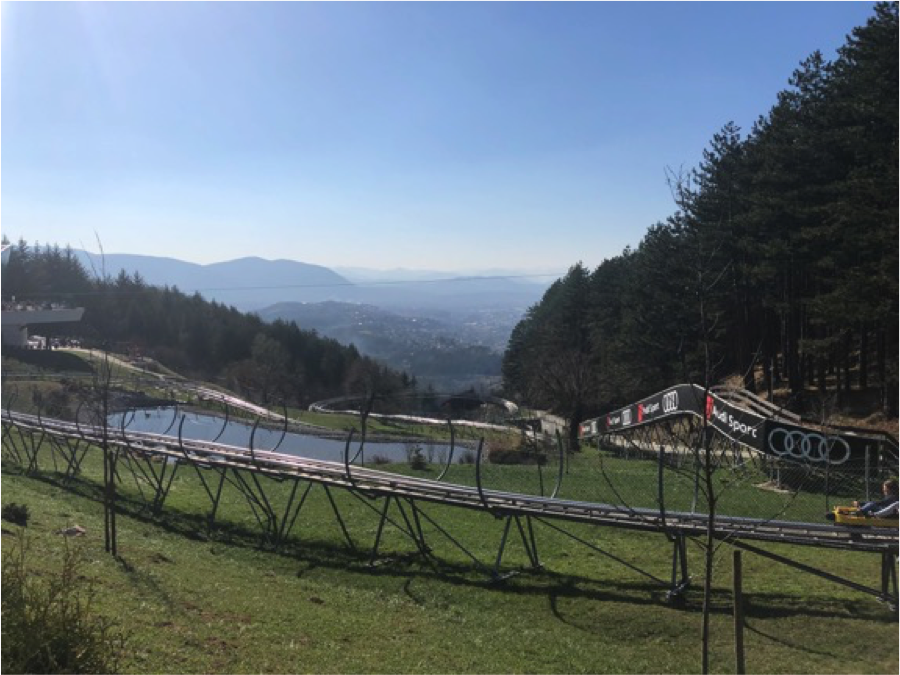
Our guide was The Bosnian Guide.
Keep supporting MuslimMatters for the sake of Allah
Alhamdulillah, we're at over 850 supporters. Help us get to 900 supporters this month. All it takes is a small gift from a reader like you to keep us going, for just $2 / month.
The Prophet (SAW) has taught us the best of deeds are those that done consistently, even if they are small. Click here to support MuslimMatters with a monthly donation of $2 per month. Set it and collect blessings from Allah (swt) for the khayr you're supporting without thinking about it.
Abu Reem is one of the founders of MuslimMatters, Inc. His identity is shaped by his religion (Islam), place of birth (Pakistan), and nationality (American). By education, he is a ChemE, topped off with an MBA from Wharton. He has been involved with Texas Dawah, Clear Lake Islamic Center and MSA. His interests include politics, cricket, and media interactions. Career-wise, Abu Reem is in management in the oil & gas industry (but one who still appreciates the "green revolution").


An Iqbalian Critique Of Muslim Politics Of Power: What Allamah Muhammad Iqbal’s Writings Teach Us About Political Change

Muslim Book Awards 2025: Finalists

Far Away [Part 3] – Wounded

Darul Qasim College Given License To Grant Master’s Degrees

MM Wrapped – Our Readers’ Choice Most Popular Articles From 2025

Restoring Balance In An Individualized Society: The Islamic Perspective on Parent-Child Relationships

Ahmed Al-Ahmed And The Meaning Of Courage

AI And The Dajjal Consciousness: Why We Need To Value Authentic Islamic Knowledge In An Age Of Convincing Deception

Moonshot [Part 32] – FINAL CHAPTER: A Man On A Mission

Far Away [Part 1] – Five Animals

[Dhul Hijjah Series] Calling Upon the Divine: The Art of Du’a (Part 1)

IOK Ramadan 2025: Four Steps | Sh Zaid Khan

IOK Ramadan 2025: Do Your Best | Sh Zaid Khan

IOK Ramadan 2025: Giving Preference to Others | Sh Zaid Khan

IOK Ramadan 2025: Which Group Are We In? | Sh Zaid Khan
Trending
-
#Life1 month ago
Op-Ed – When Islamophobes Try To Intimidate Us, They Underestimate Our Resolve: A Call to Stand With America’s Muslim Students
-
#Current Affairs1 month ago
Who’s Afraid Of Dr. Naledi Pandor? – Zionist Panic and a Visa Revoked
-
#Life1 month ago
Owning Our Stories: The Importance Of Latino Muslim Narratives
-
#Life1 month ago
The Hunger Crisis: Reflections Of An American Muslim
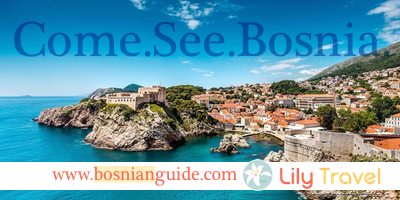








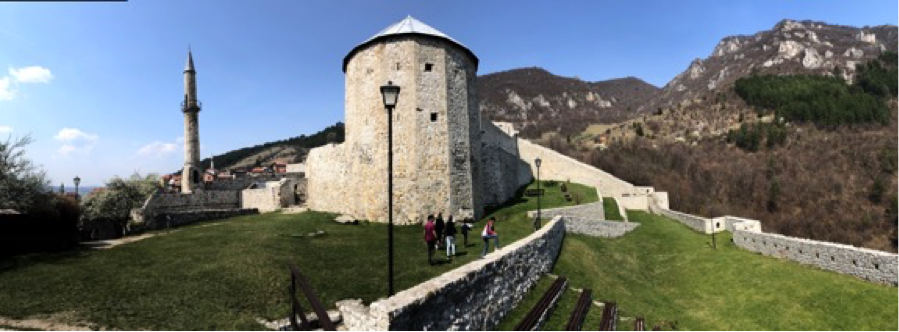
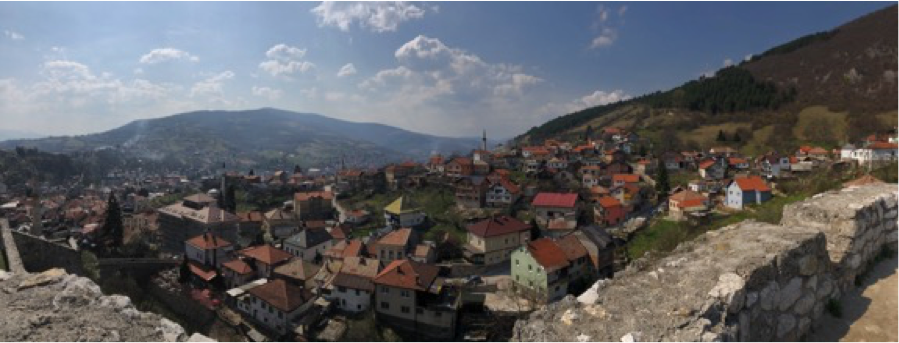

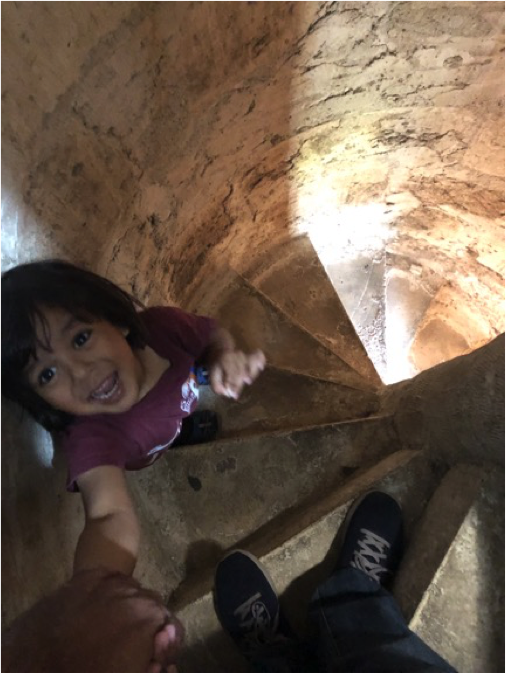


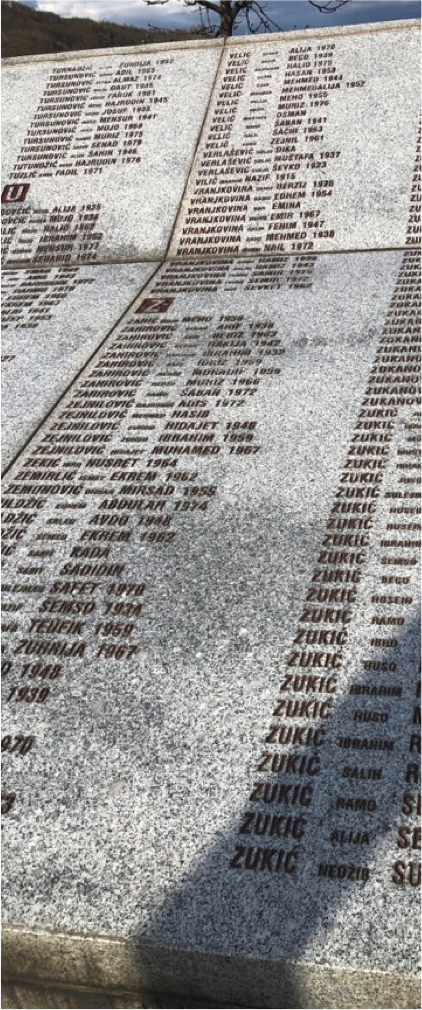
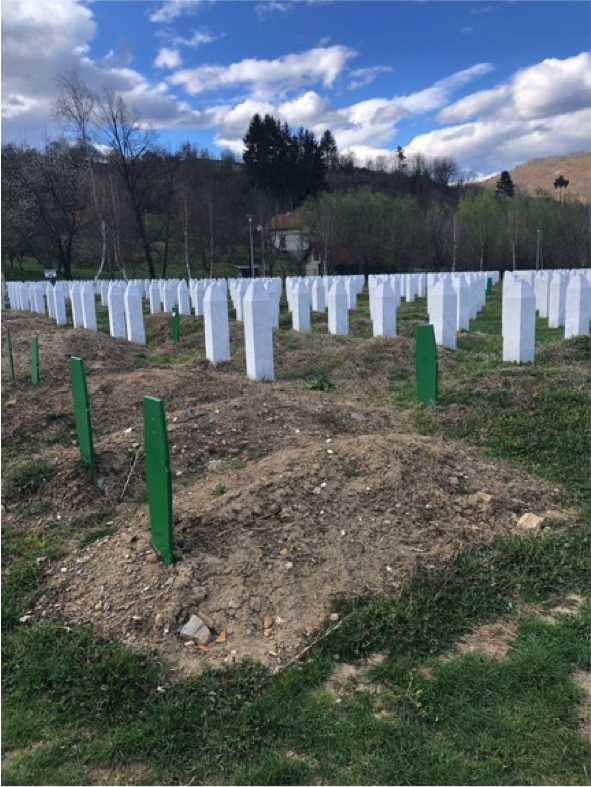
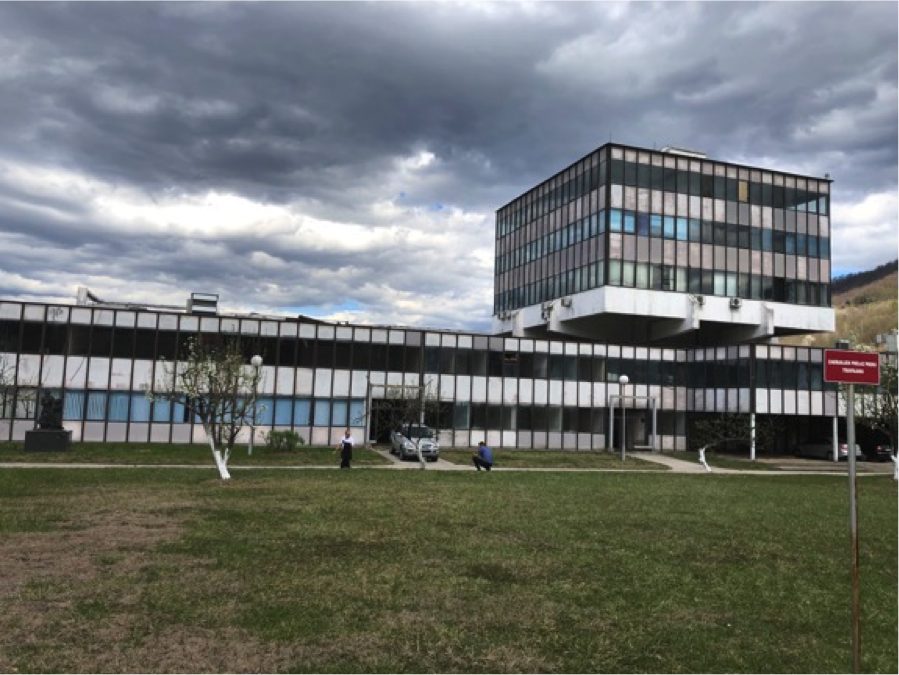
 Other places of interest (not all-inclusive by any means):
Other places of interest (not all-inclusive by any means):
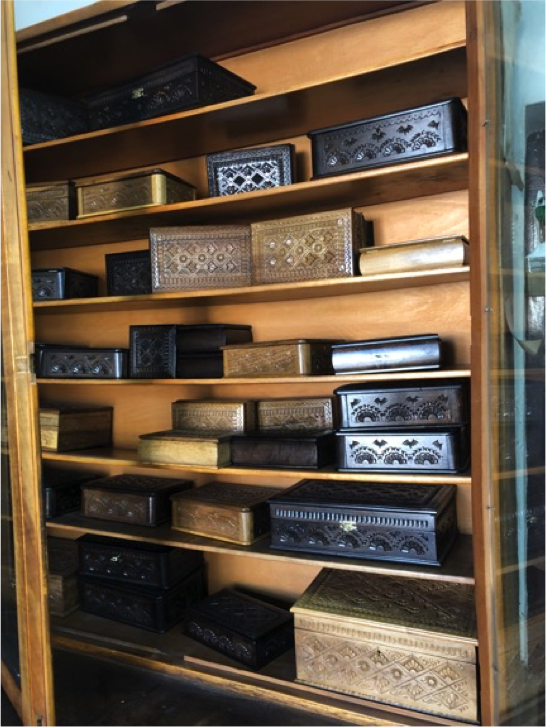
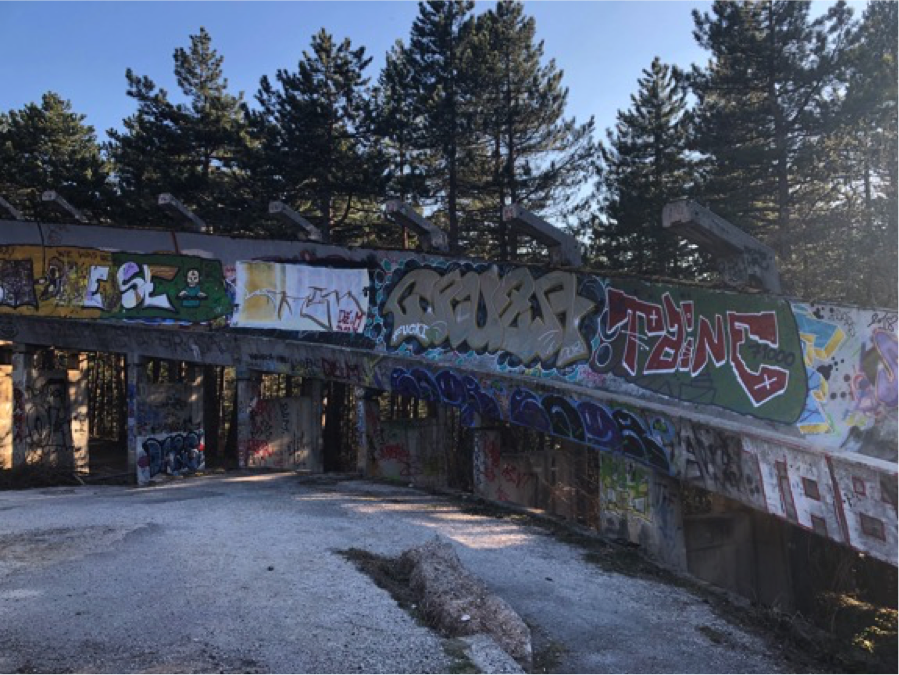














Wael
May 12, 2023 at 12:36 PM
Thank you for sharing all this akhi. I like how you included both large and small things. I will definitely put Bosnia on my wish list, inshaAllah. Question: How much Bosnian would I have to learn before going? Is English widely spoken?
Amad
May 12, 2023 at 12:48 PM
Salam :) glad you happened to stop by this old post :)
No Bosnian needed — English is widely spoken
Hope you enjoy yourself